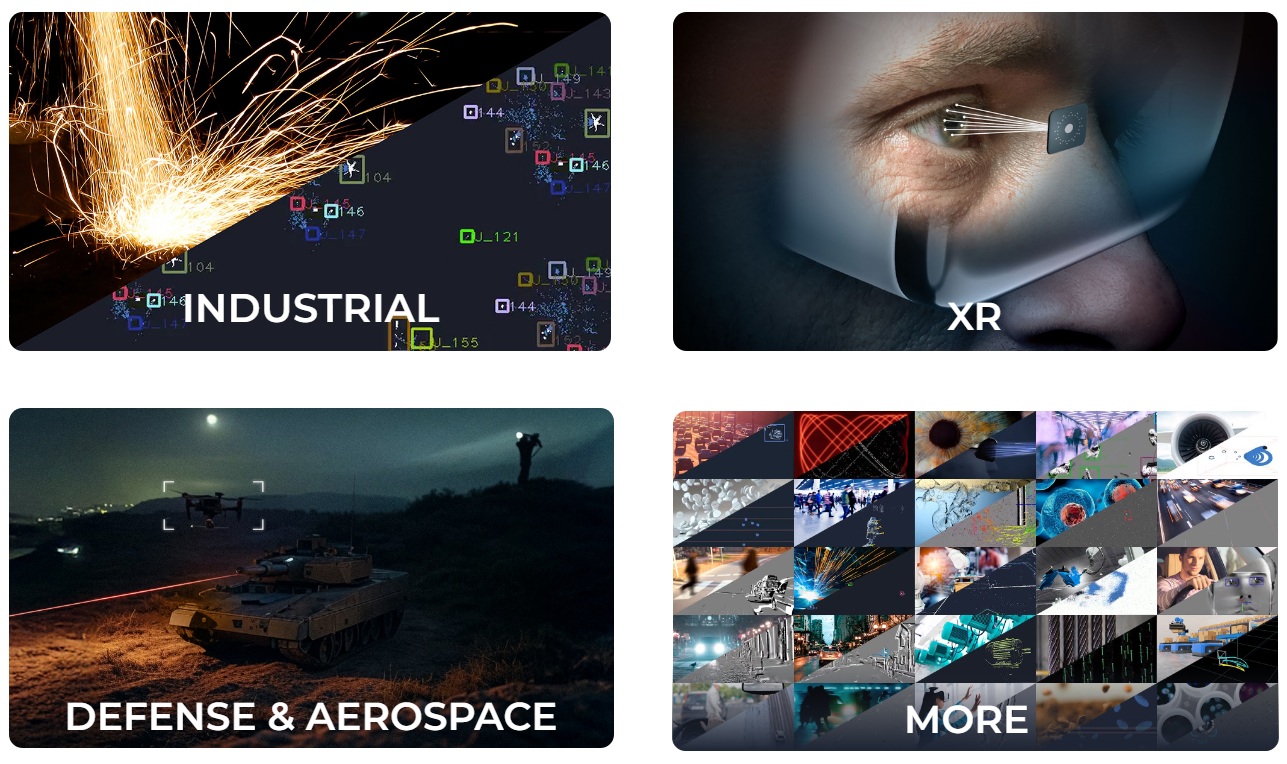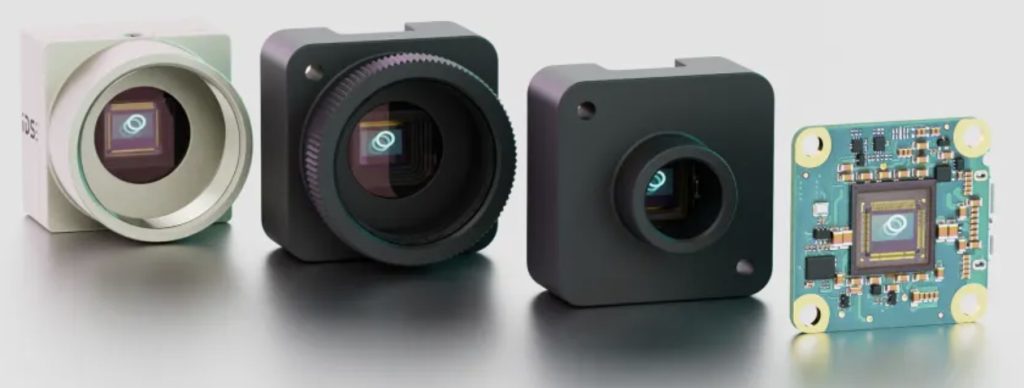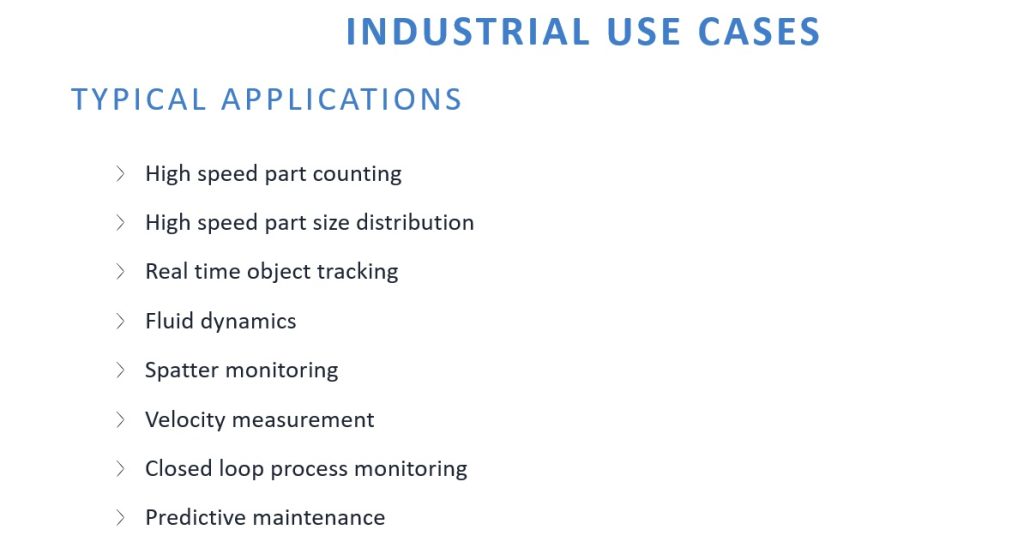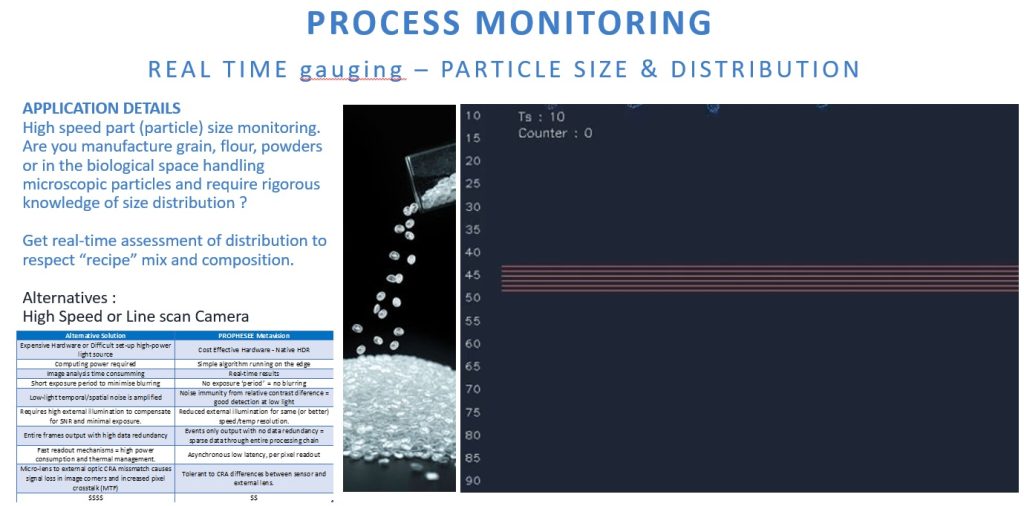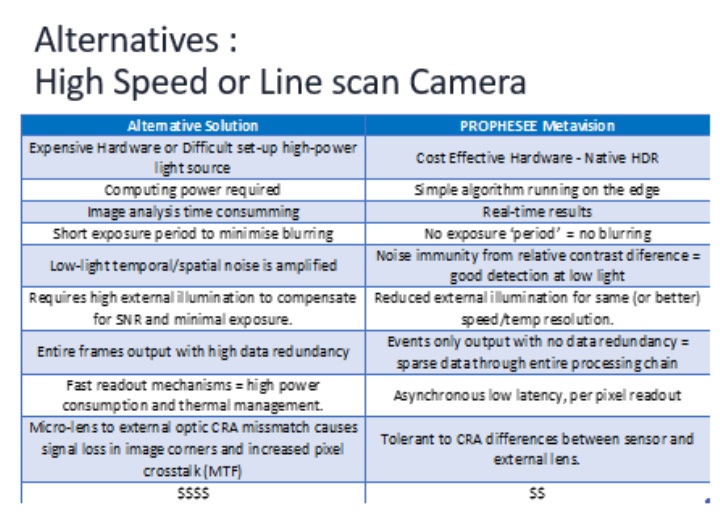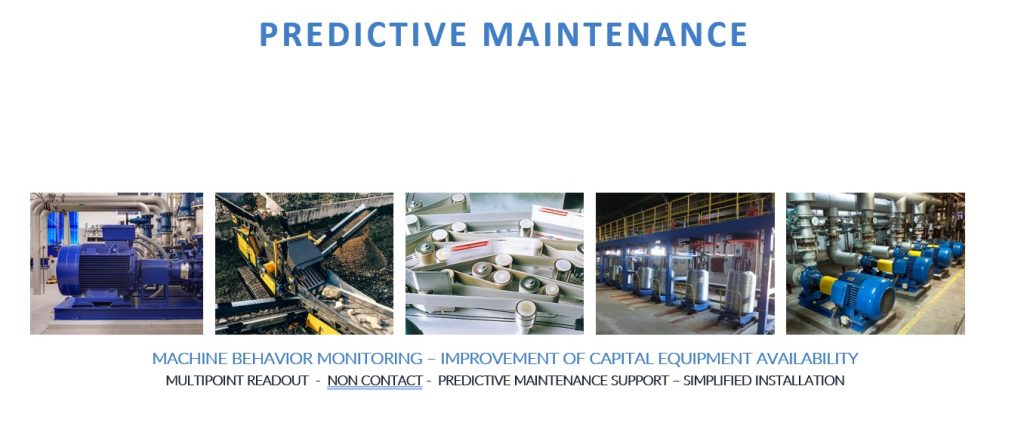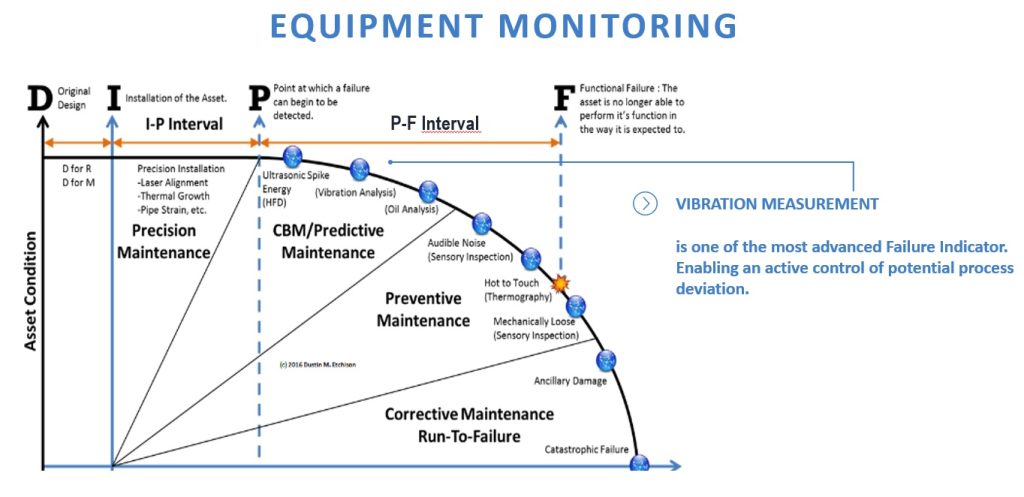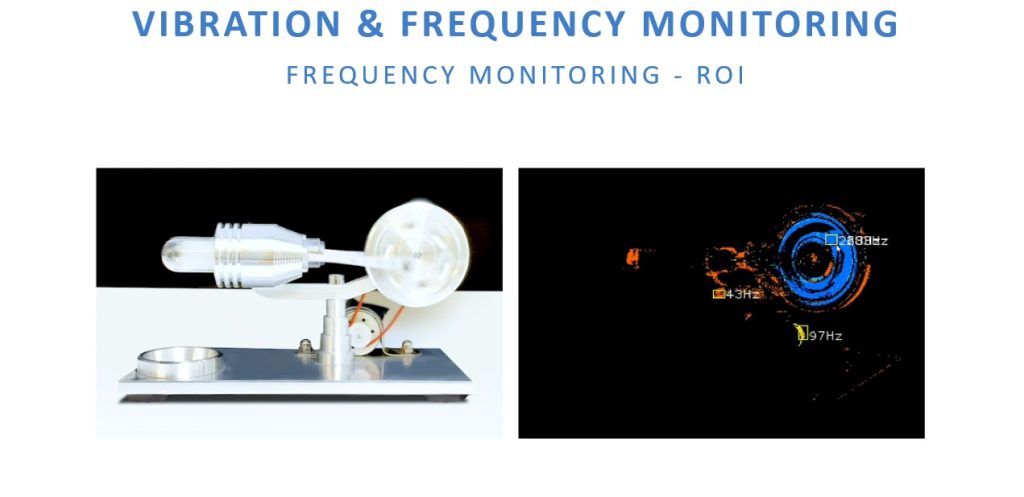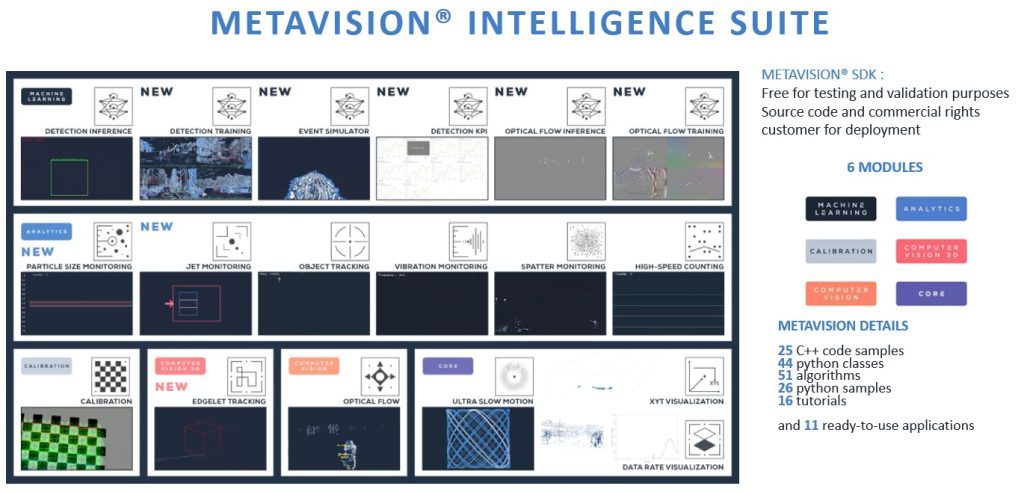Event-based vision (EBV) is really taking off. We provide an overview of the concepts and applications, as well as Prophesee products for EBV. So here’s a reminder diagram and short video for context, then we’ll dig into using Prophesee EBV kits with Raspberry Pi.
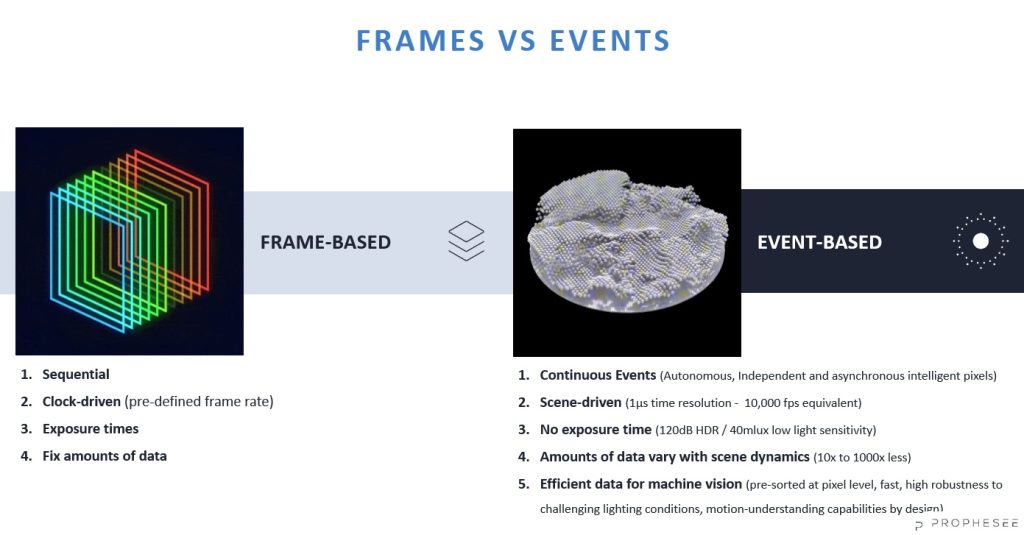
Event-based vision is a new paradigm – Courtesy Prophesee
Frame-based vs. Event-based approach to eye tracking – for example:
So I want to try a Prophesee Metavision Evaluation Kit!
Enough theory already, I want to get hands-on with this! Per the Prophesee Metavision Evaluation Kits, how do I get started?
1st vision is the official partner for Prophesee in the US, so start with a quote and purchase a Raspberry Pi 5 CSI modules with the 320×320 pixel GenX320 sensor. Or the GenX320 Raspberry Pi 5 Module.
The main difference between the two are that the M12 lens mount allows for changing lenses yourself, but if you prefer the M6 lens version, you receive a smaller front of the camera and a wider field of view. You can see the variations here: https://www.1stvision.com/cameras/GenX320-Starter-Kit-for-Rasberry-Pi-5
You’ll need to purchase the Raspberry Pi elsewhere, as 1st vision does not sell them.
Prophesee recommends the 8gb vision at a minimum, with the 16 recommended for on board vision computation.
Prophesee also recommends getting the active cooler, 27 W Power supply and NVME adapter.
- Active Cooler – SC1148
- Buy a Raspberry Pi Active Cooler – Raspberry Pi
- 27 W Power Supply
- Buy a Raspberry Pi 27W USB-C Power Supply – Raspberry Pi
- SSD Kit
- Buy a Raspberry Pi SSD Kit – Raspberry Pi
Software options
A further note, the Metavision 5 SDK will not run on the Raspberry Pi 5, as the CPU power is insufficient for that computational load. You’ll need to use the Metavision 4 OpenEB SDK. So to be clear, the SDK choices are:
| SDK for Raspberry Pi | SDK for PC |
| Metavision 4 OpenEB (no cost) | Metavision 5 SDK (bundled offer or standalone purchase) |
If you would like to talk it through, just call us at 978-474-0044. Or use the link below to request we get back to you by either e-mail or phone.
1st Vision’s sales engineers have over 100 years of combined experience to assist in your camera and components selection. With a large portfolio of cameras, lenses, cables, NIC cards and industrial computers, we can provide a full vision solution!
About you: We want to hear from you! We’ve built our brand on our know-how and like to educate the marketplace on imaging technology topics… What would you like to hear about?… Drop a line to info@1stvision.com with what topics you’d like to know more about.




